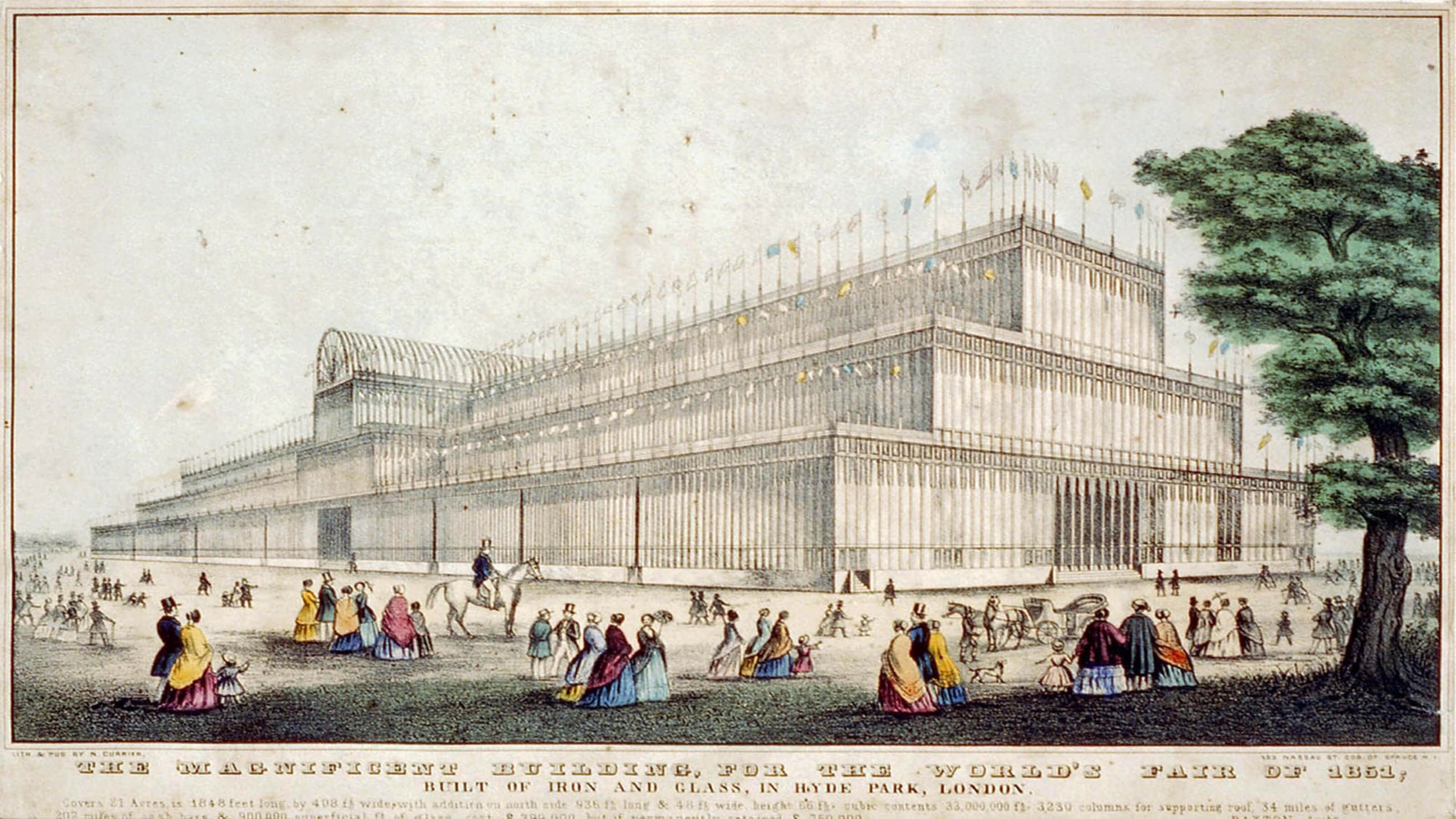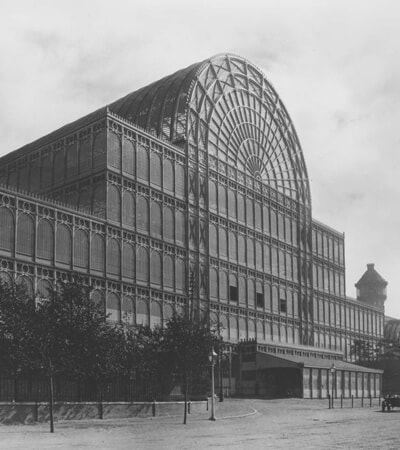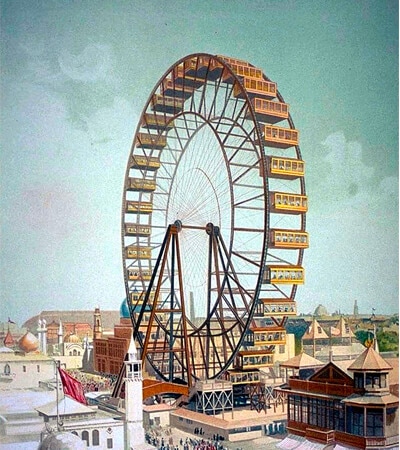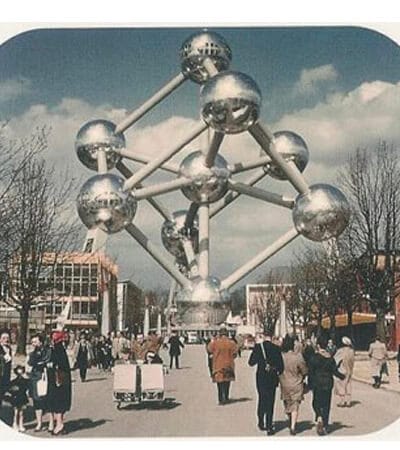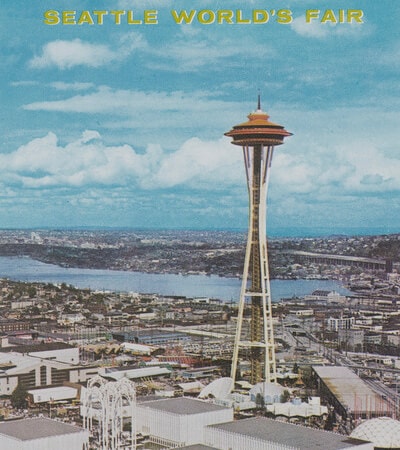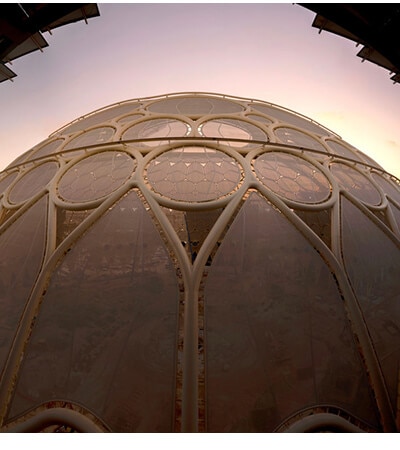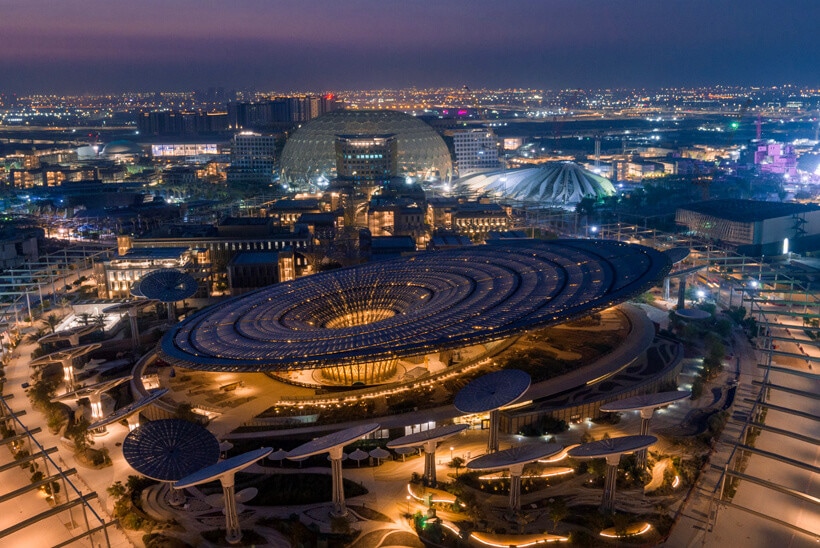
The first Expo to be held in the Middle East, Africa and South Asia with many reasons to be counted as one of the most important in exposition history.
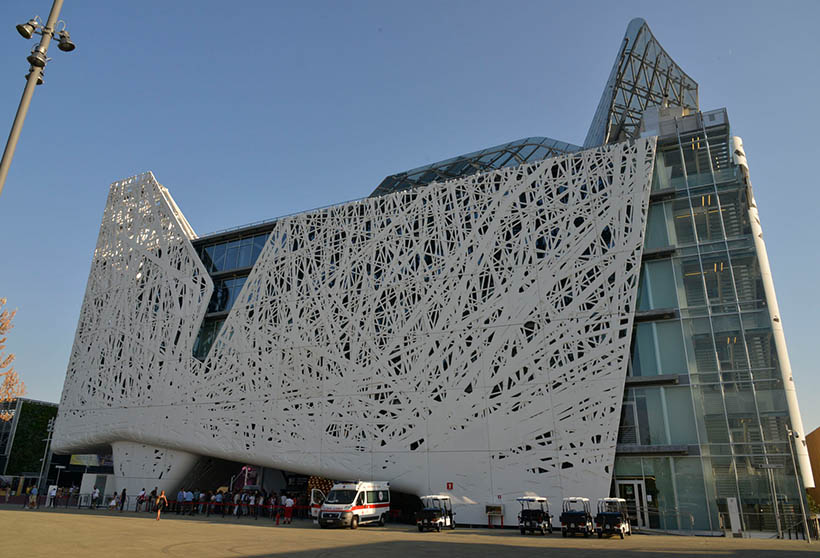
Expo 2015's theme was `Feeding the Planet, Energy for Life`, encompassing technology, innovation, culture, traditions and creativity and how they relate to food and diet.
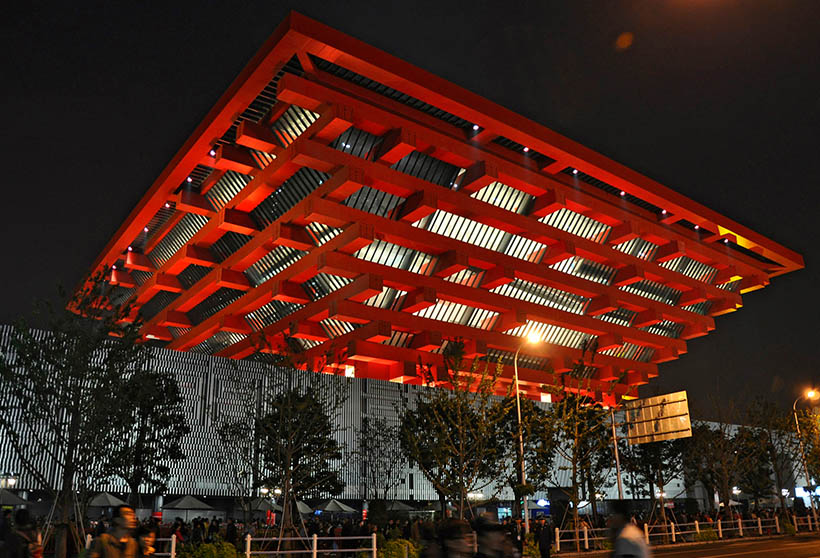
Thanks to the joint efforts of the Chinese government, the UN and the BIE, the World Cities Day was celebrated for the first time on 31 October 2014, as a result of a declaration triggered by Expo 2010.
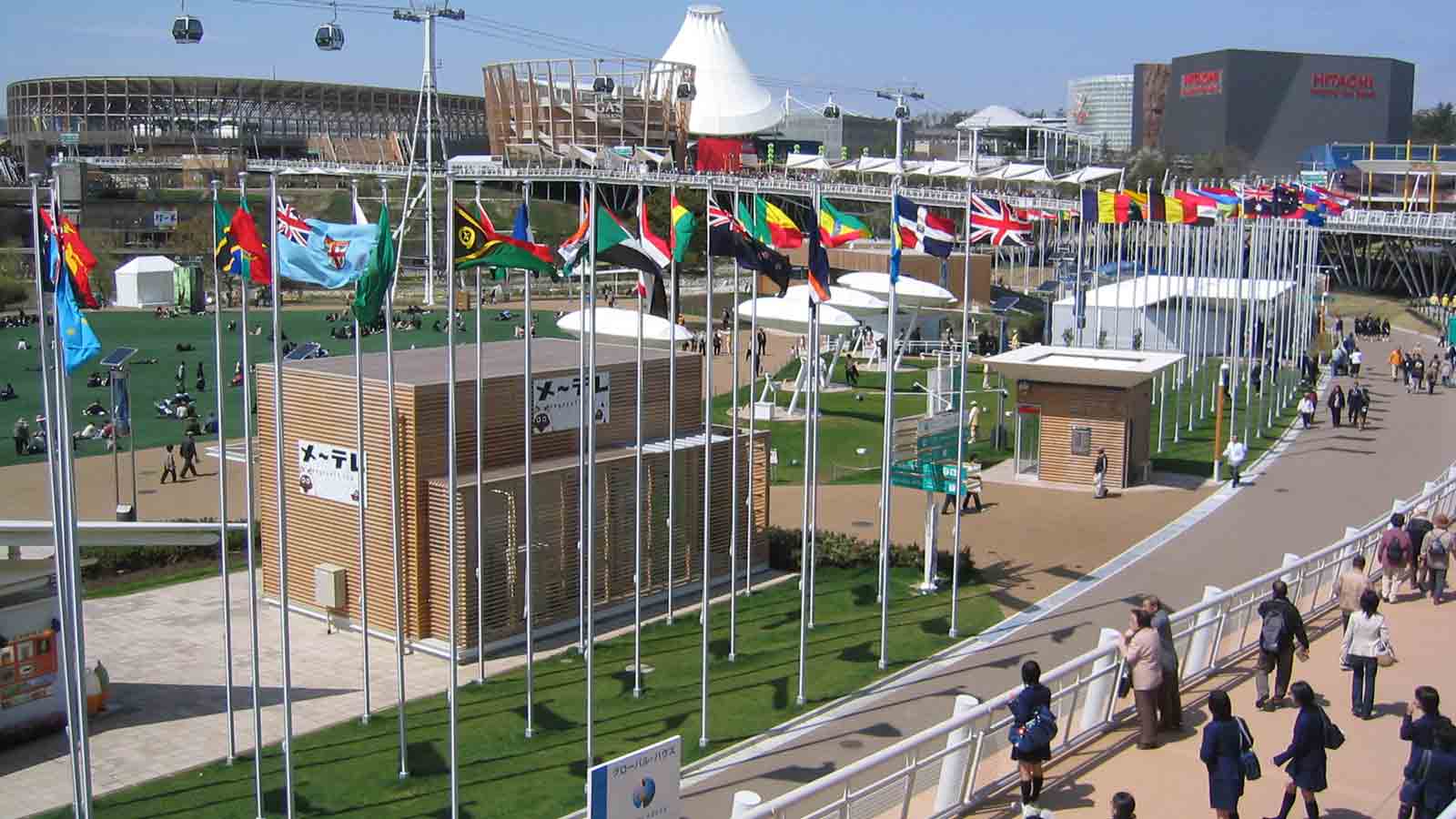
Emphasising the close links binding nature to humanity in the 21st century, Expo 2005 Aichi’s theme was ‘Nature’s Wisdom’ and was seen as an experiment in eco-compatible living.
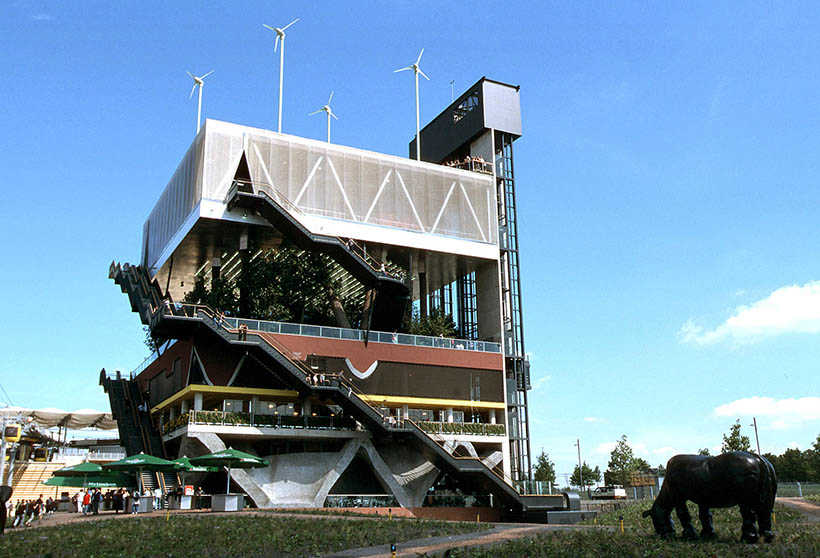
A new railway station was constructed for Expo, a new network of urban roads was created, the tram network was extended, and a third terminal was constructed at the city airport.
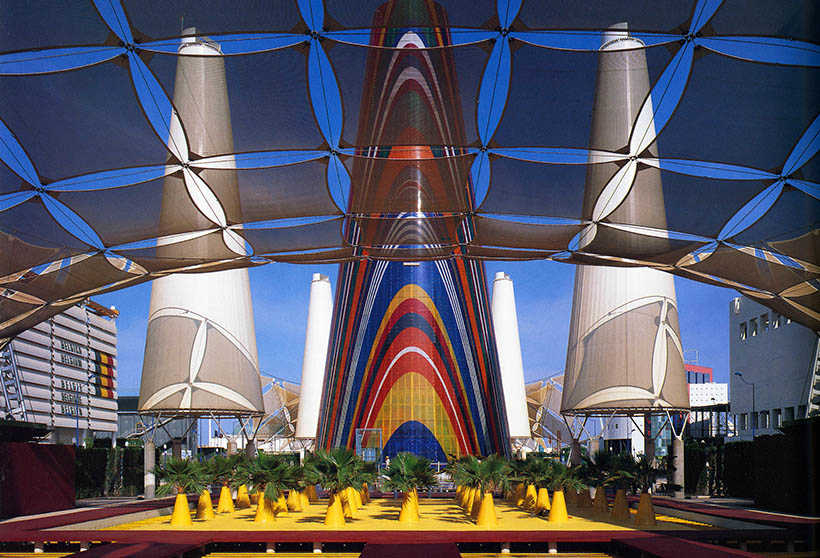
The Cartuja Island, once the Expo ended, became Cartuja 93, a technical and economic development centre.
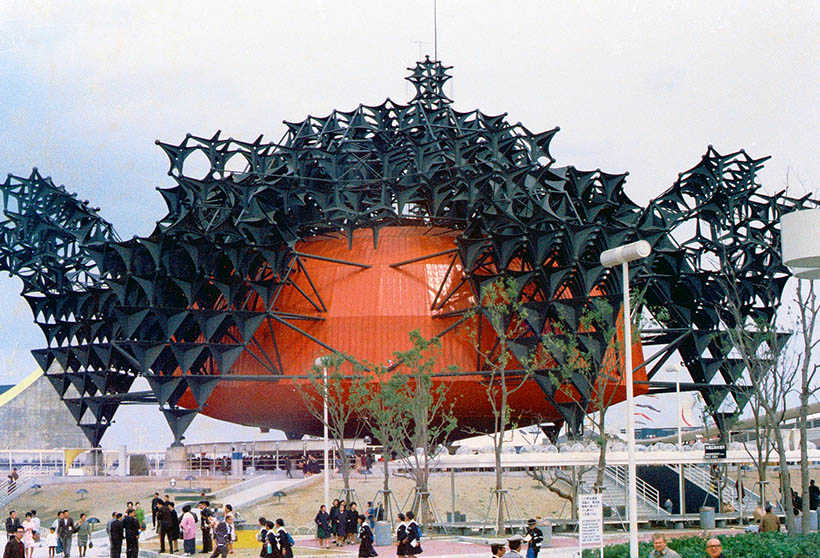
Among the most remarkable exhibits were an electron microscope with up to a 500,000-fold magnification and the model of a train with an electromagnetic pad capable of travelling up to 500km/h. There were also lunar rock samples.
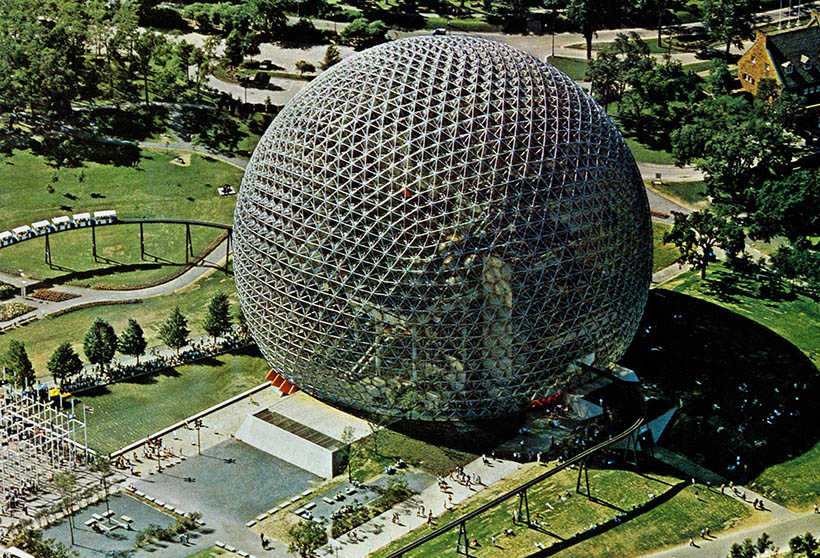
One of the Expo's landmarks was a residential complex called Habitat 67. This comprised 158 reinforced concrete apartment boxes that combined the advantages of individual houses with dense urban development.
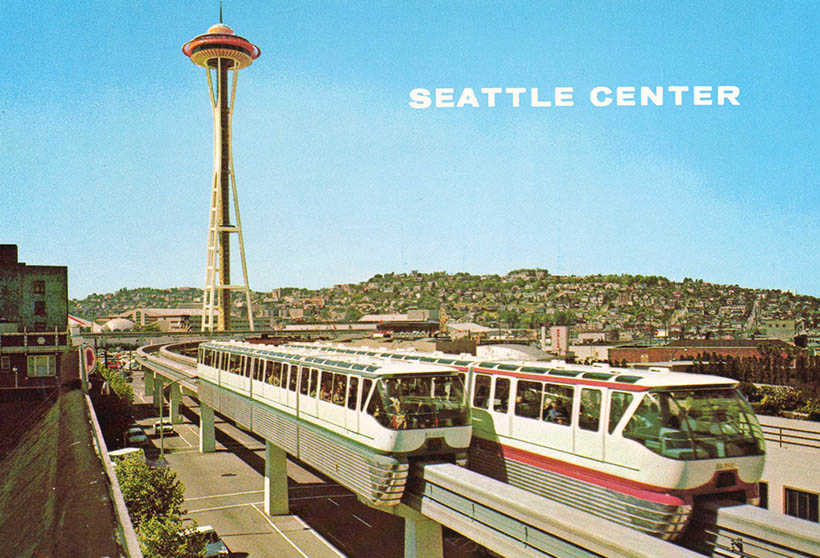
The Expo featured the Space Needle designed by John Graham and Edward Carlson, a 185-metre-high spire with a revolving restaurant at the top that could be reached with external lifts resembling space capsules. A building belonging to IBM exhibited the first computers.
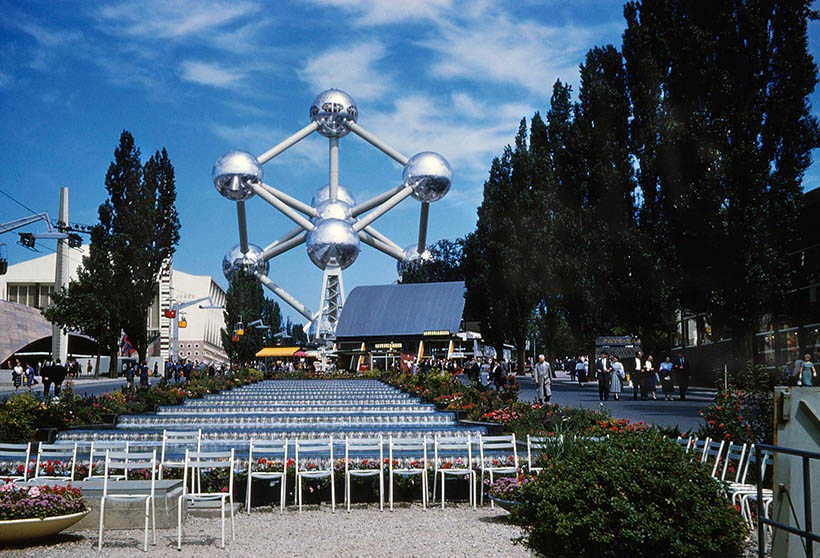
A high level of new technologies were exhibited, such as a facsimile of Soviet space rocket Sputnik, nuclear power plant mock-ups as well as instruments and components made of synthetic materials, automated machines, new engines and computers.
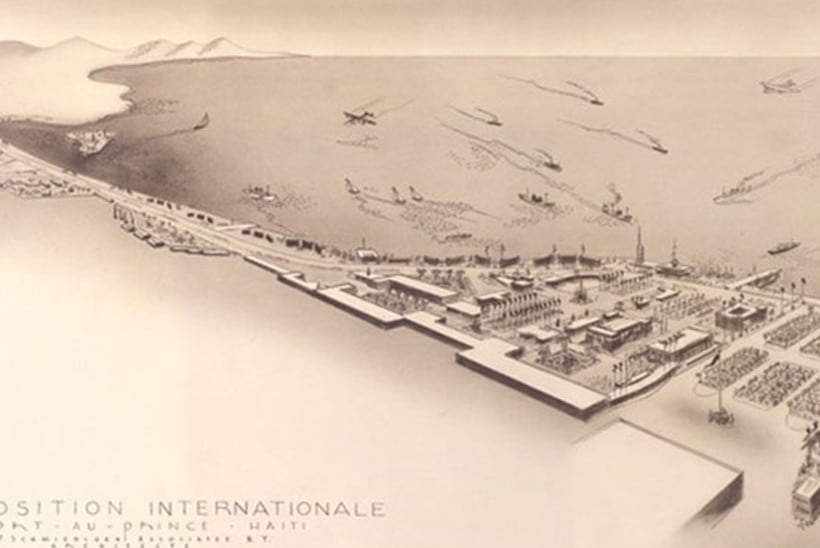
This offered an opportunity to modernise the Haitian city on the 200th anniversary of its foundation and redevelop the Gonave Bay area.
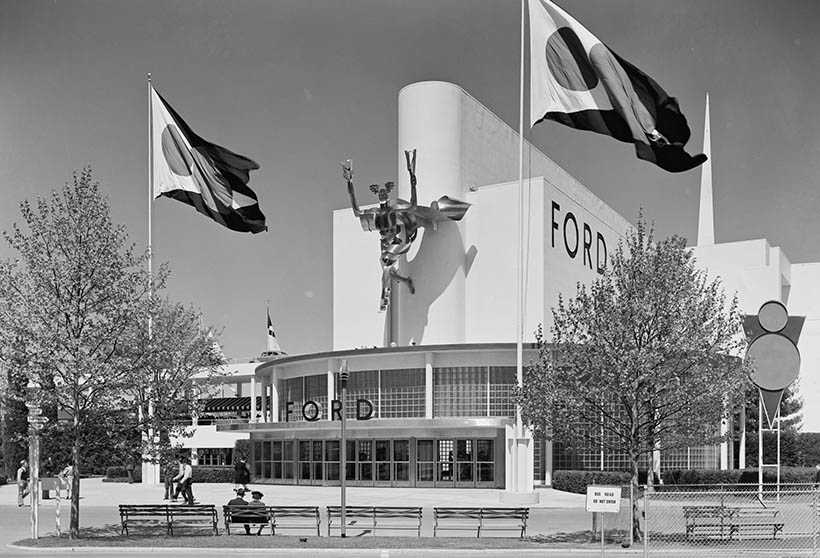
This Expo was based on the future with the slogan ‘Dawn of a New Day’ and it featured fledging television broadcasts being seen by the mass public for the first time.
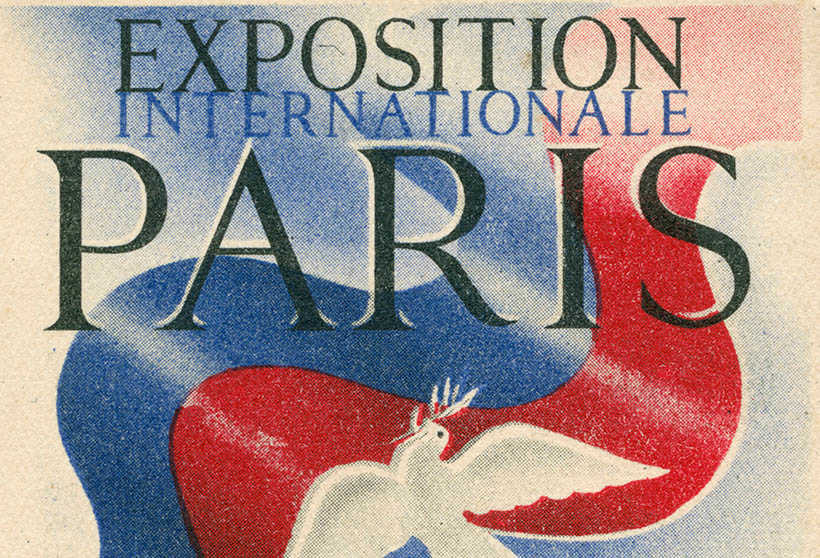
Today, many buildings of the 1937 Exhibition are still standing in Paris. The Palais de Chaillot is where the United Nations General Assembly adopted the Universal Declaration of Human Rights on 10 December 1948.
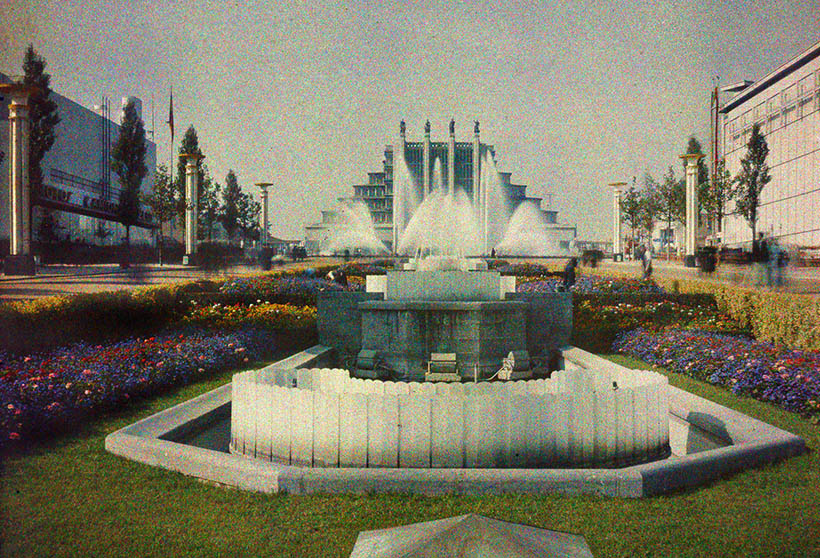
The Lancôme Company exhibited its first perfumes and the chocolate maker, Côte d'Or, produced chocolate miniatures to be used as samples.
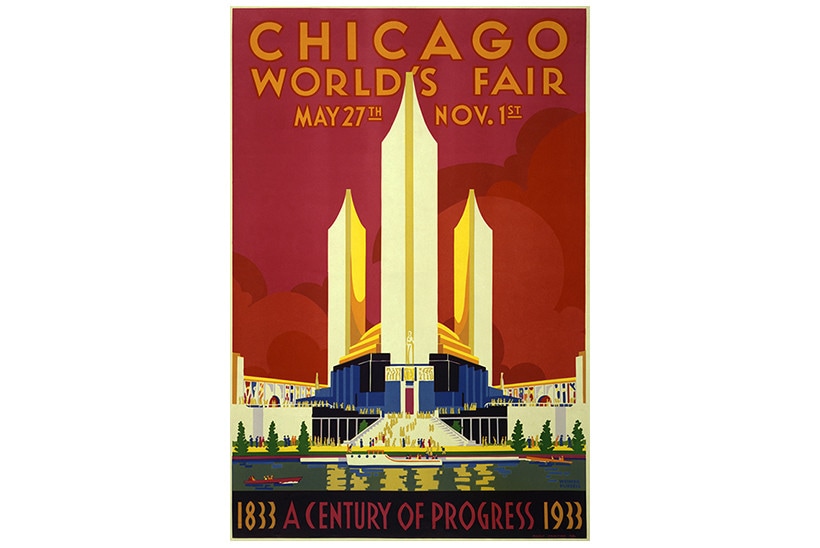
Among the main attractions was a Sky Ride, a 191-metre-high (628 feet) cable car system that offered visitors a panoramic view of the site. At night, a light show would illuminate the attraction.
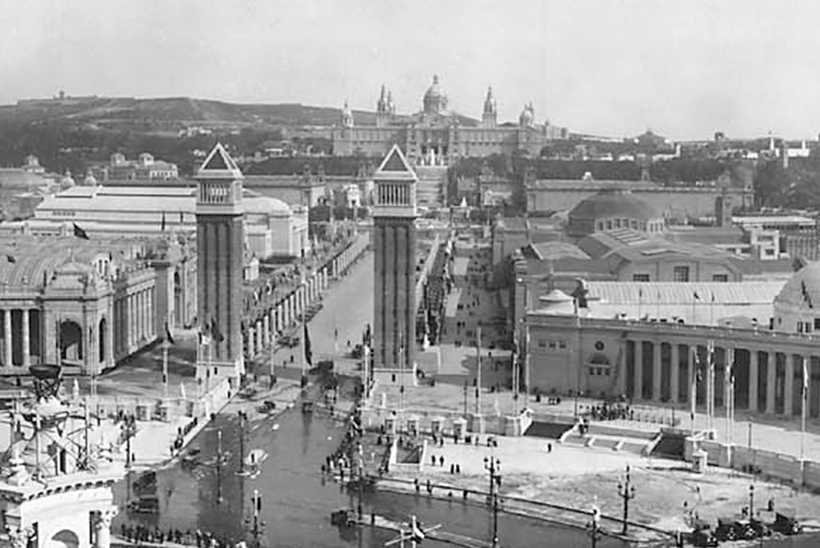
Barcelona’s França railway station was re-built for the Expo, modern tarred roads were laid and lit by modern street lights, and the first metro lines in the city entered into service.
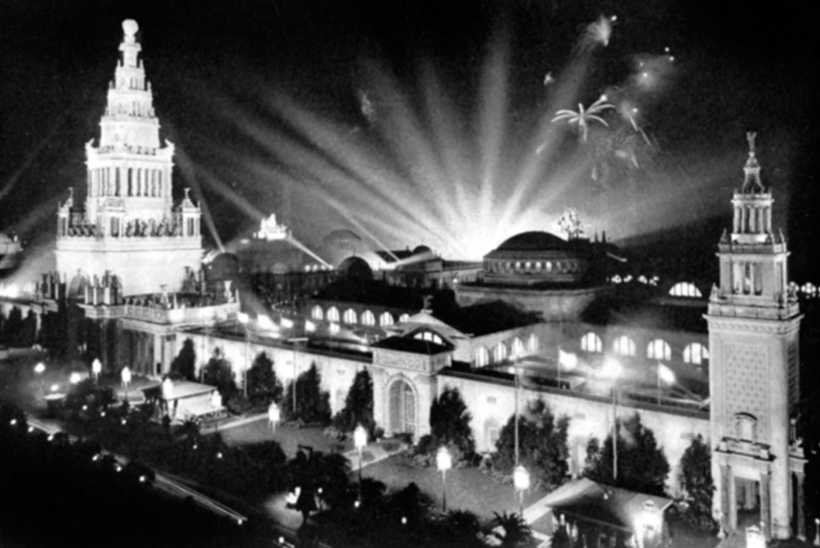
The centrepiece was the Tower of Jewels, which rose to 435 feet and was covered with over 100,000 cut glass gems.
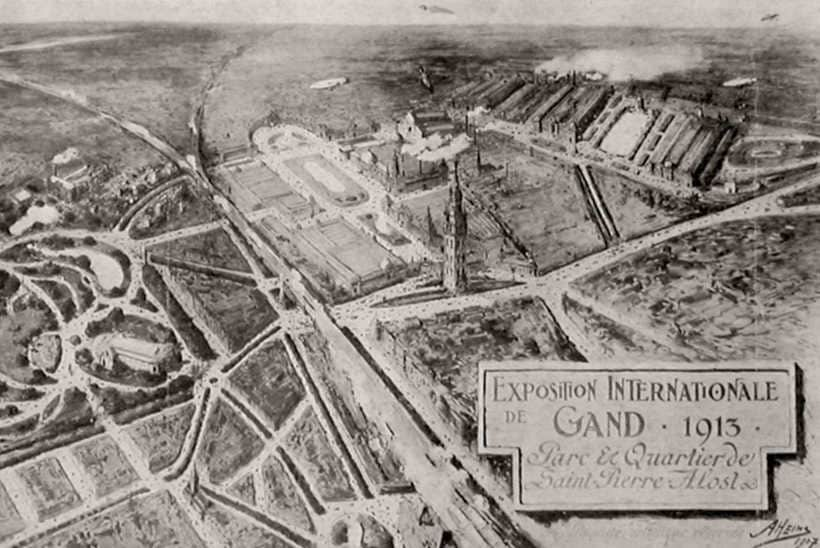
Among the amusements of the Expo were the world's highest water slide, a 5km scenic rail ride around the site, and a 'joy-wheel'.
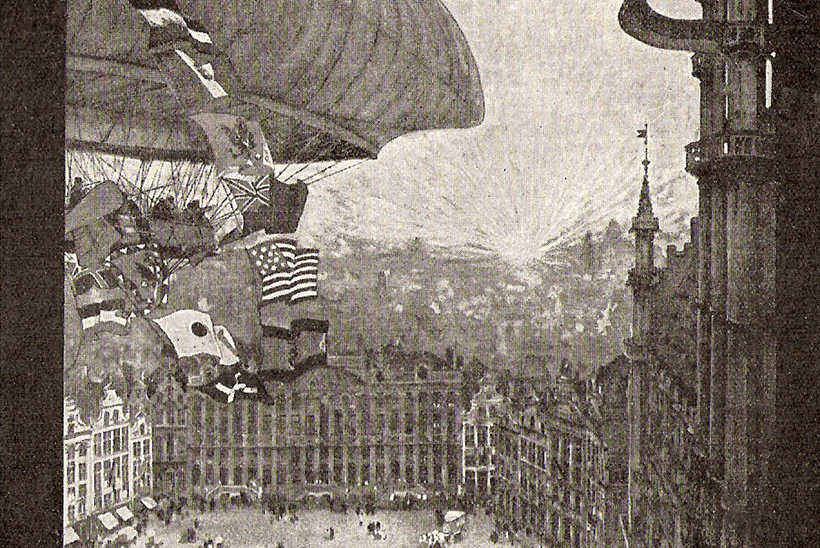
The Hotel Astoria, Brussels, was built for the fair, and is now a protected monument.
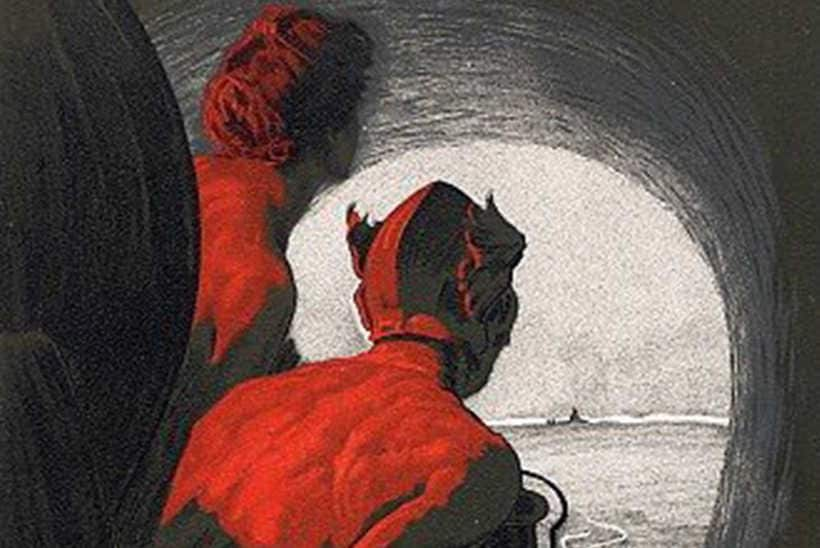
The International Commission on Occupational Health was founded at the Milan International and is still active. The Milan aquarium was built for this Expo too and is still standing.
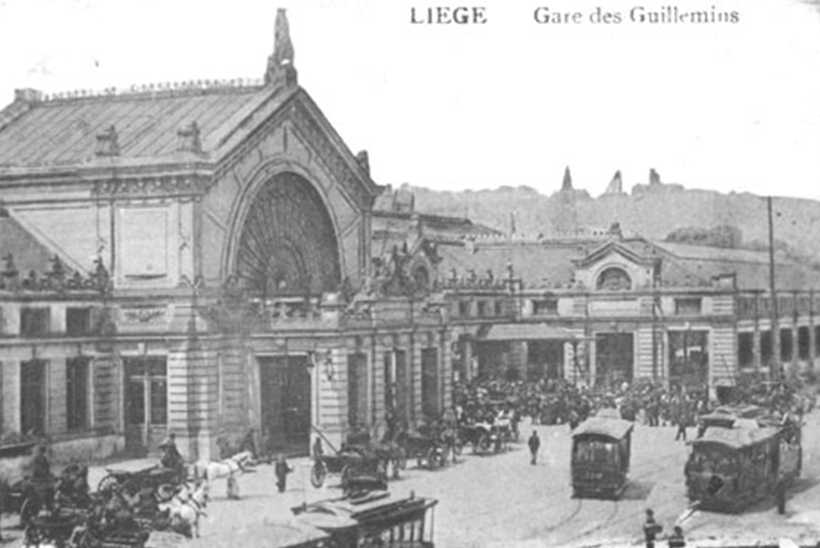
Highlights included a fingerprint magnifier showcased by the Paris police, as well as Léon Gaumont’s chronophone projector, which was one of the first devices to synchronise film with sound.
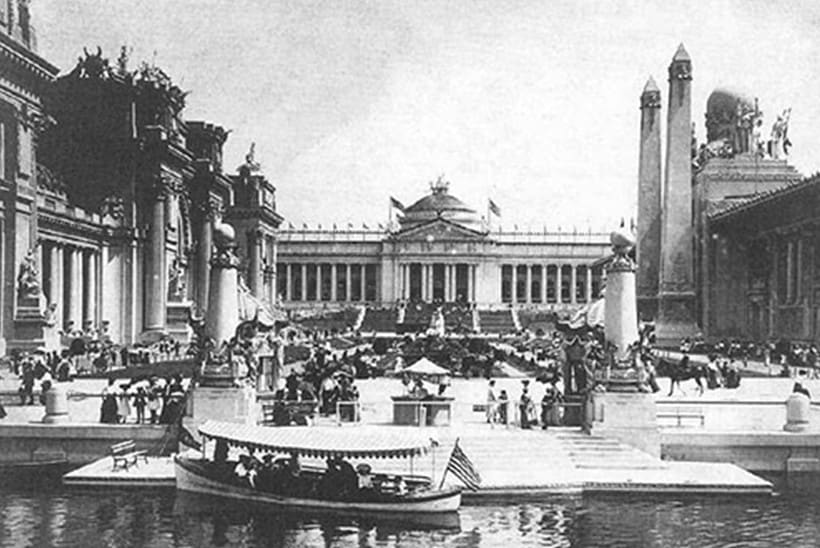
The three main scientific achievements that were showcased at Expo 1904 - automobiles, wireless technology and aeronautics - were exhibited in white palaces called the 'Ivory City’.
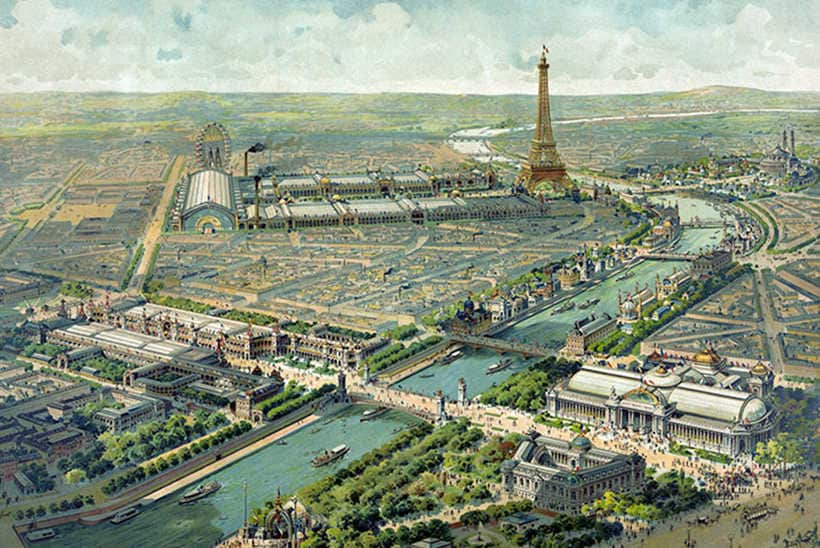
The first Paris metro line between Porte de Vincennes and Porte Maillot was opened specifically for the Expo.
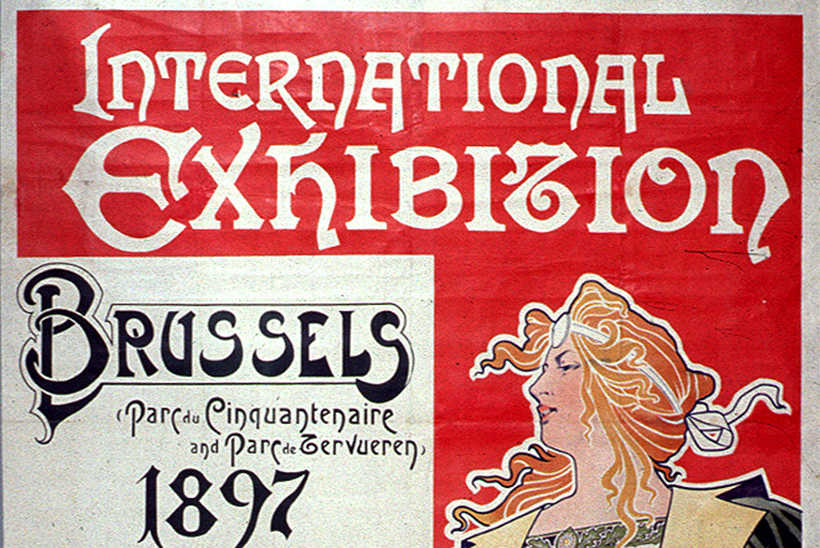
Attracting over six million visitors, the city’s rail and street infrastructure was vastly expanded for the World Expo. The Temple of Human Passions still stands in the Parc du Cinquantenaire.
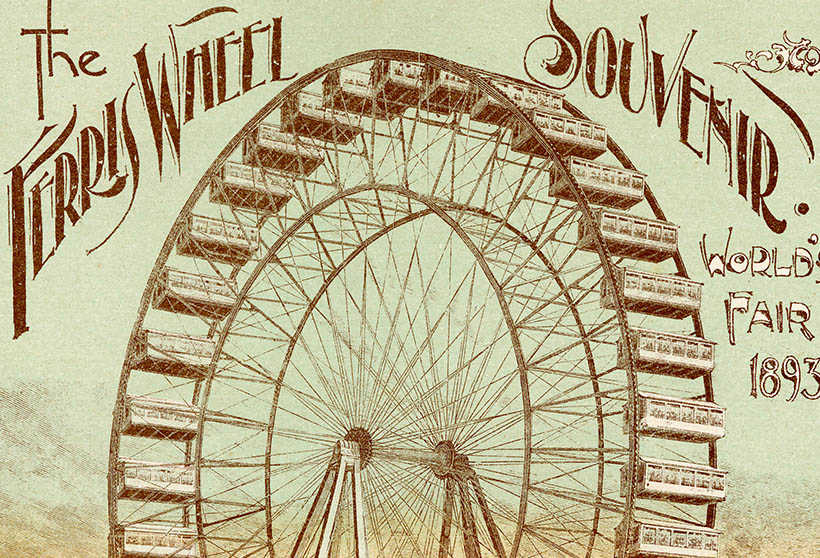
The world's first huge wheel (Ferris Wheel), was installed to the great delight of visitors.
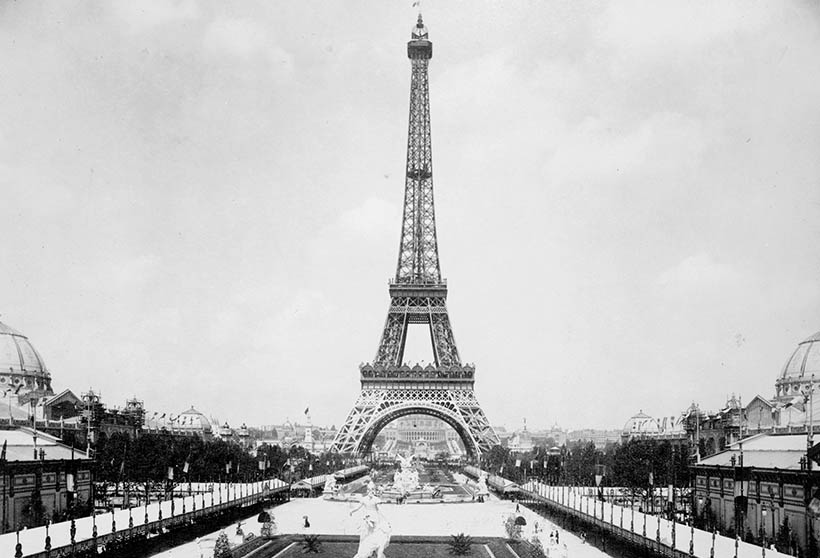
The main symbol of the Fair was the Eiffel Tower. It was not immediately popular and some campaigned for its dismantling after the exposition closed

The Columbus Monument (Monument a Colom), a 60-metre (197 ft) monument to Christopher Columbus, was built on the site where the great explorer returned to Europe after his first voyage to the Americas.
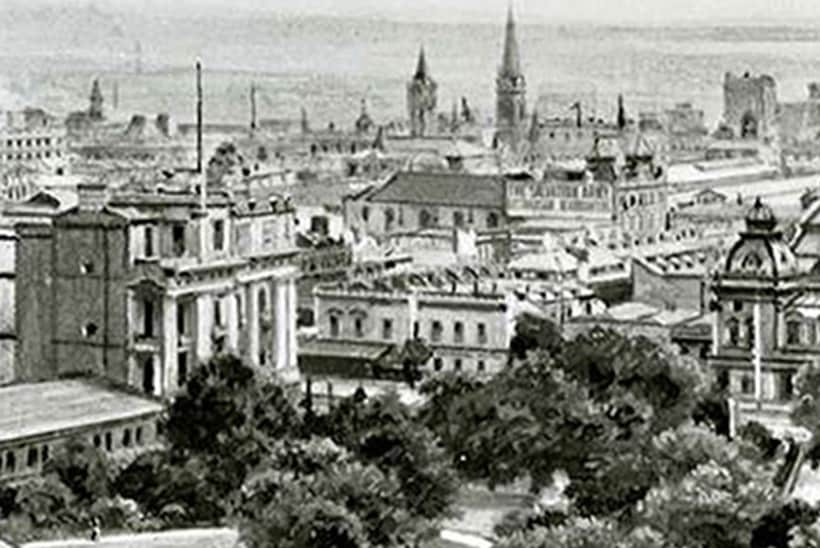
The Expo was an opportunity for Melbourne to develop its infrastructure and industry, allowing the city to install electric lights, telephones, lifts, and a tram system.
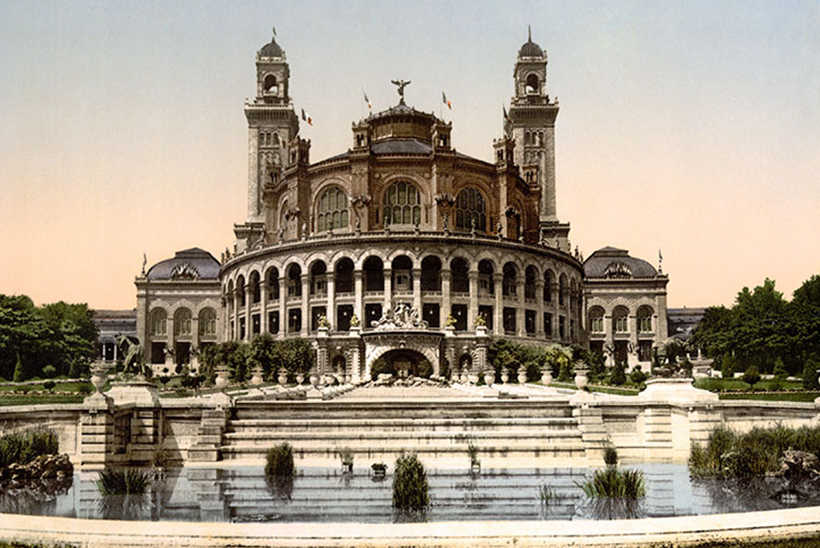
Henri Giffard's giant steam-driven tethered airship lifted visitors up to 600 metres above Paris.

Alexander Graham Bell demonstrated the world’s first telephone, and new foods such as popcorn and Heinz ketchup were also shown to the public for the first time.
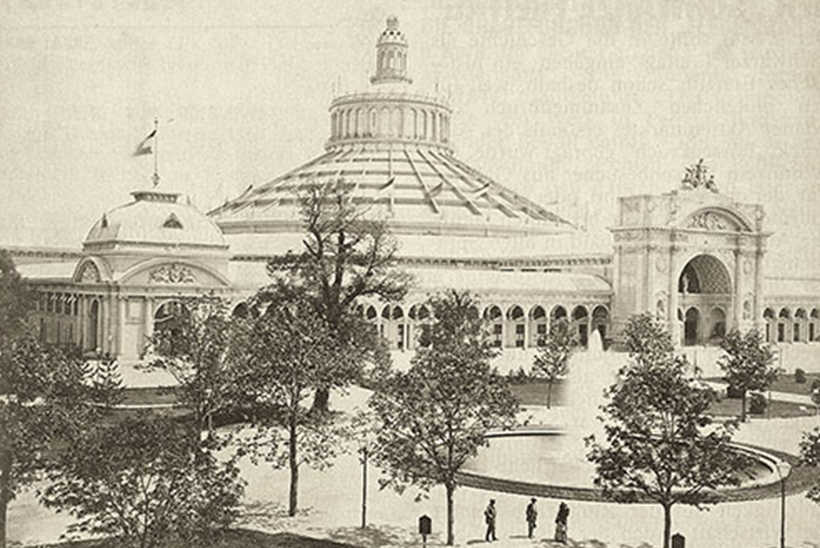
Japan displayed a range of artistic products, inspiring the ‘Japonism’ in late 19th century culture.
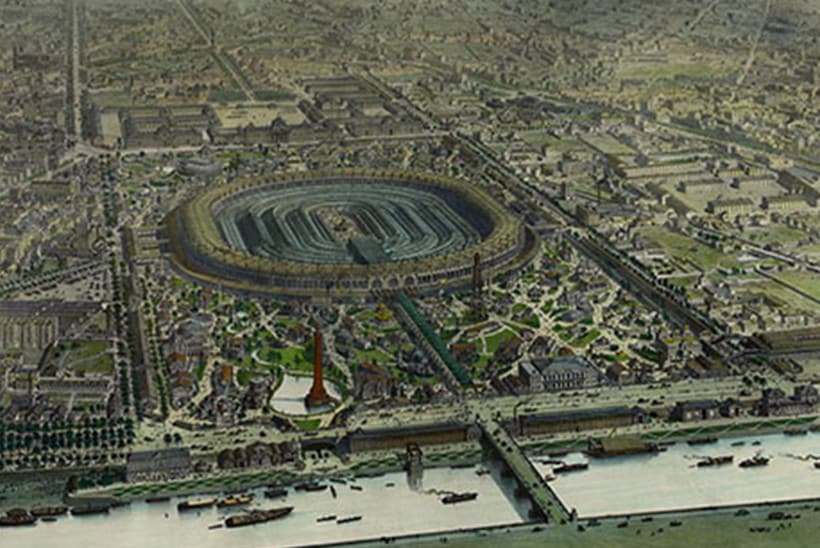
This was the first World Expo to feature national pavilions. They provided a space in which countries could display their culture, their history and their innovations.
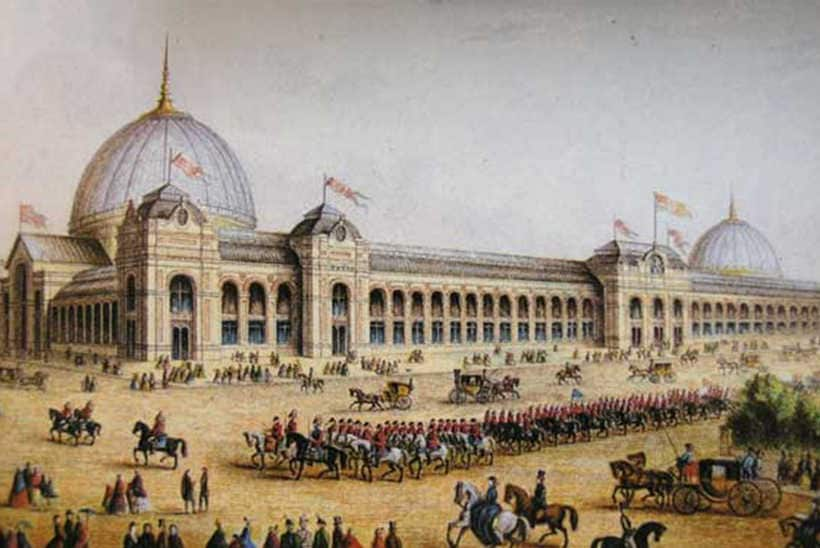
Among the inventions on display was Charles Babbage’s Analytical Engine – one of the first mechanical computers. After the Expo closed, the site was redeveloped into the Science, Natural History and Victoria and Albert Museums, continuing the Expo’s intellectual legacy.
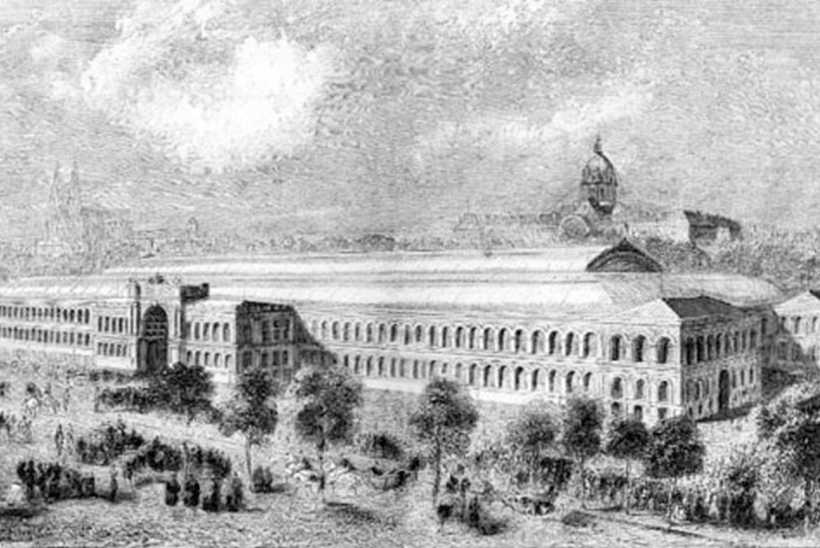
This World Expo introduced the world to innovations including the lawn mower, Moore's washing machine, Singer's sewing machine, the speaking doll, and one of the first vehicles running on oil.
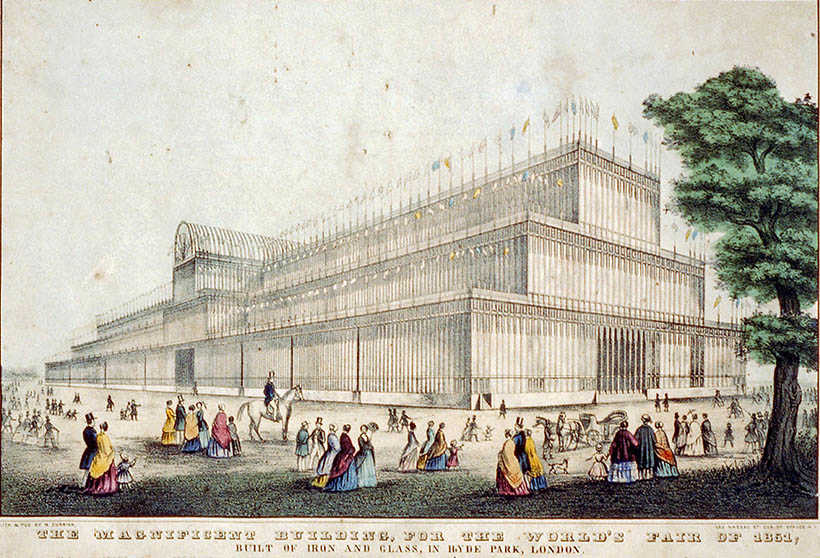
The first World Expo was held in the iconic Crystal Palace to showcase the inventions of the Industrial Revolution.
